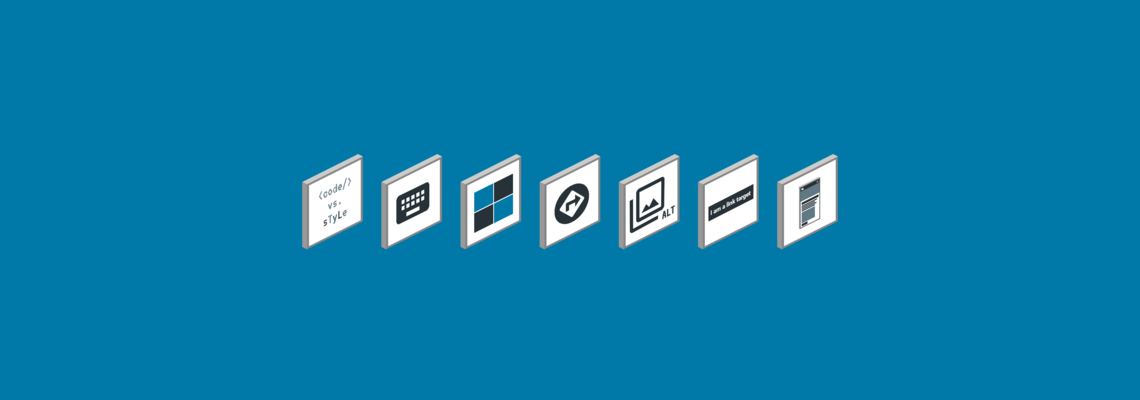
Embracing Standardization to Enable More TYPO3 Websites
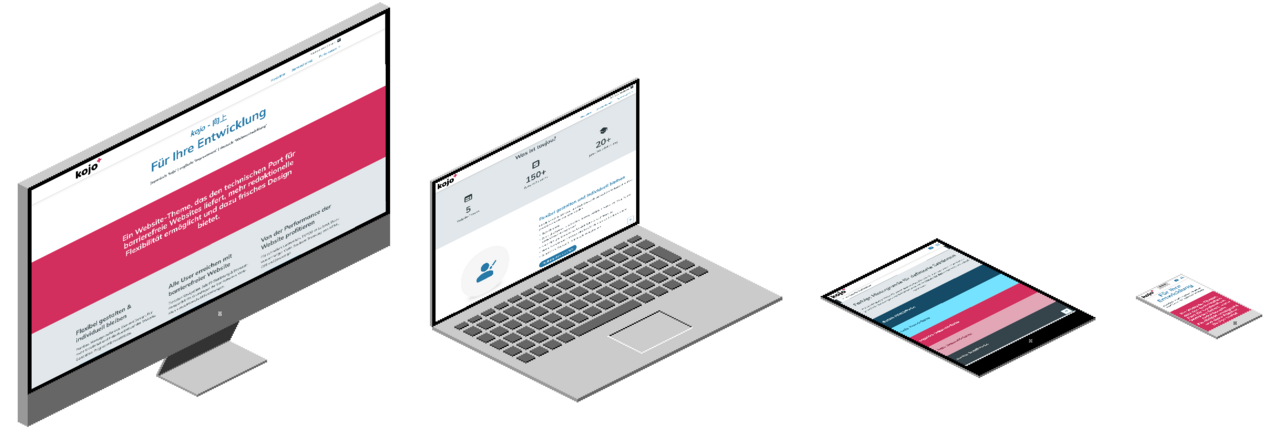
As a TYPO3 agency, you’ve likely noticed over the years that TYPO3 excels in projects with large budgets and complex structures. When working with a limited (starter) budget, TYPO3 often isn’t profitable — or simply doesn’t align with the client’s financial expectations. Naturally, you’ve tailored your portfolio and client acquisition strategy to reflect that.
At the same time, you’re a TYPO3 enthusiast — or at the very least, someone who appreciates the CMS. You’d love to build as many websites as possible using your preferred system, without having to rely on alternatives just to keep clients happy.
All you're missing is a solution that balances your idealism with financial viability.
Standardize, Implement, Free Up Capacity
What if standardization could help you deliver TYPO3 websites at lower budgets — budgets that would normally rule TYPO3 out entirely — and keep those projects within the TYPO3 ecosystem?
When done right, standardization can be incredibly helpful. It reduces the initial workload for developers, project managers, and content editors, improving overall project efficiency and making these kinds of builds feasible.
Even better: the time and budget saved through standardization can be reinvested in the creative or unique aspects of the project — whether that’s content, design, or special features.
A nice side benefit: team morale improves when people aren’t stuck repeating the same foundational tasks over and over again.
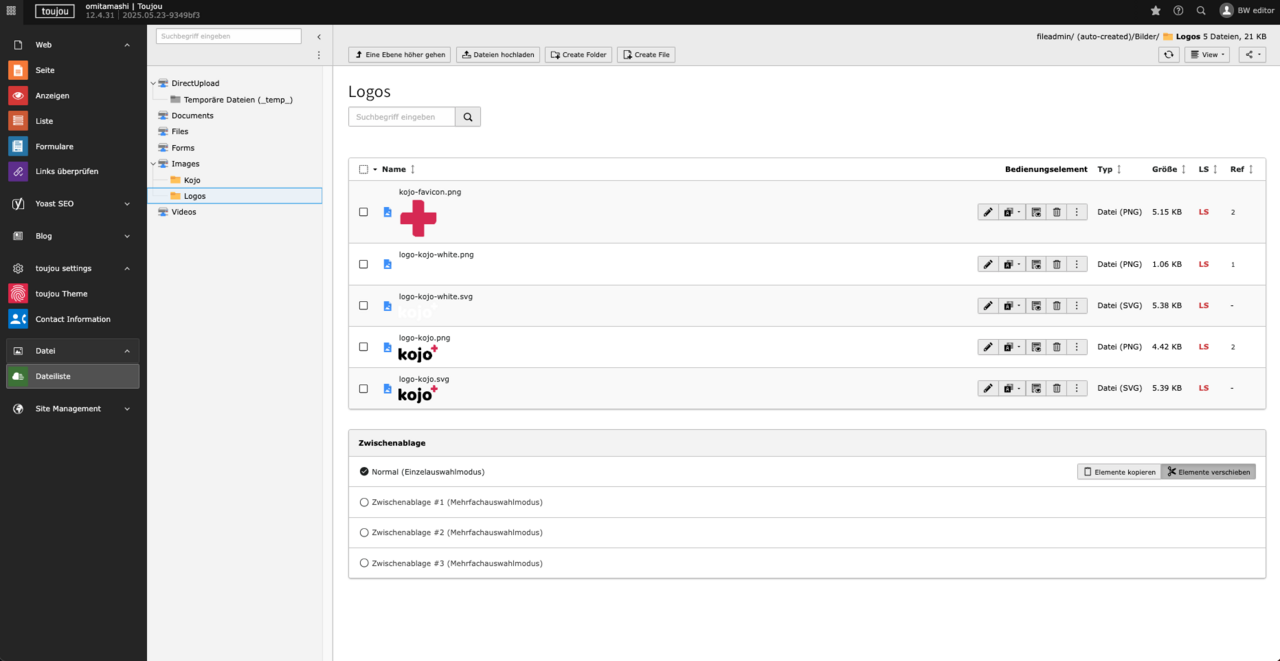
A Starting Point: The File List
A good example of smart standardization (especially for editors) is TYPO3’s file list. Metadata for an image — like alt text — only needs to be entered once and is automatically applied across every instance of that image site-wide.
With the upcoming Accessibility Strengthening Act (Barrierefreiheitsstärkungsgesetz) requiring alt text for images, this becomes a huge time-saver. It also gives TYPO3 a competitive edge, even for smaller-budget projects.
Why More Standardization?
Imagine if you had a solution that helped you:
- keep clients from walking away because TYPO3 seemed “too much” for a smaller site (e.g., when setup or maintenance eats the entire budget)?
- let TYPO3 site owners who can’t afford regular upgrades still benefit from the CMS’ strengths?
- free your developers from having to rebuild the same base setup again and again, allowing them to focus on actual development?
- launch TYPO3 projects quickly without internal delays caused by waiting on feedback?
That’s exactly what we were thinking when we developed toujou, the first TYPO3-based website builder of its kind. Through smart standardization, it addresses many of these challenges.
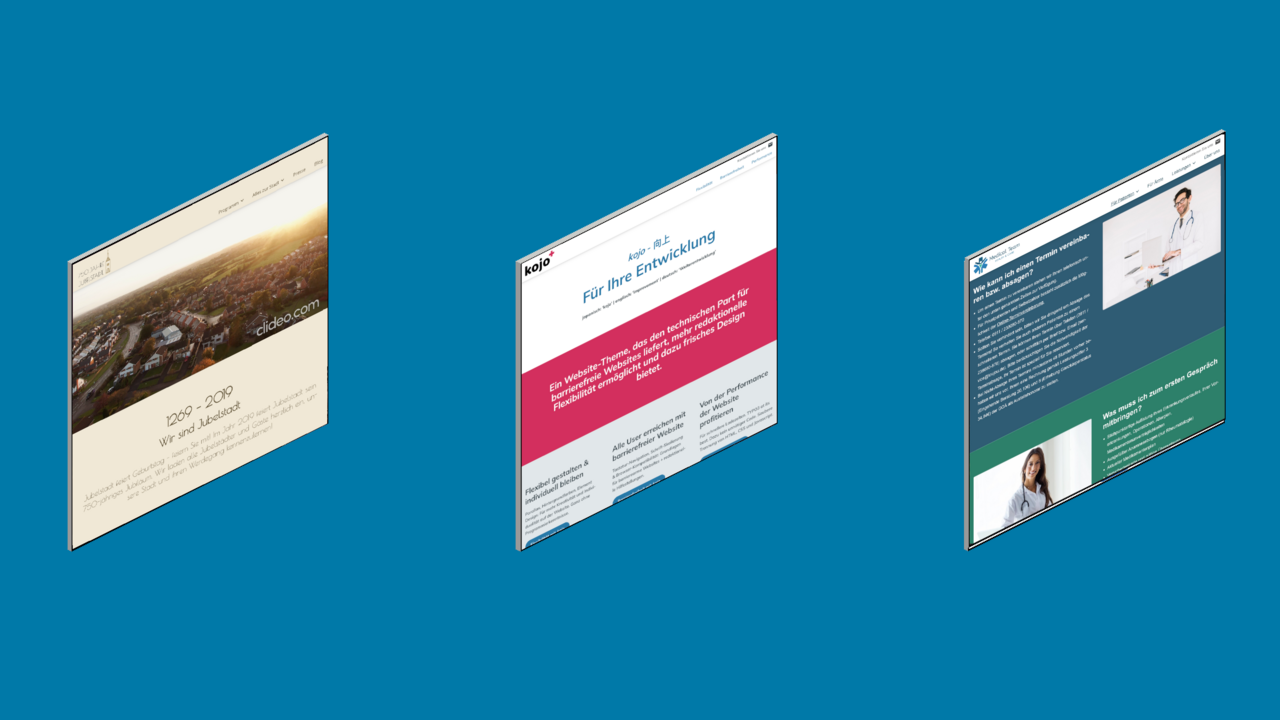
Themes: A Foundation for Success
One of toujou’s key standardized components is its themes. These design templates offer a solid visual foundation and help kick off projects quickly. You can define global site colors using a built-in contrast checker, and set up fonts, logos, data privacy settings, and tracking tools within minutes — no coding required.
Established Since 2018
Since its launch in 2018, toujou has powered thousands of TYPO3 instances. Numerous client websites have been built in partnership with agencies across the TYPO3 ecosystem — rescuing outdated TYPO3 sites or preventing clients from abandoning the platform altogether.
Over the years, feedback from both clients and partners has shaped toujou’s evolution into an even more practical and powerful tool for TYPO3 web projects.
Naturally, our catalog of standardized components has grown. Today, it includes over 150 content elements and features like blogs, event calendars, forms, location finders, and a variety of editorial design options.
On the technical side, toujou also addresses current requirements such as those introduced by the 2025 Accessibility Strengthening Act. Of course, you could rebuild everything from scratch each time—but you don’t have to.
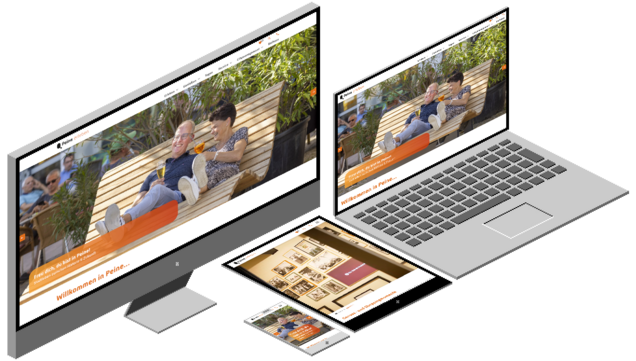
kojo: Where Standards Meet Accessibility
We believe that required and meaningful standards should be bundled together in a way that makes it easier for agencies to meet client needs and pitch TYPO3-based projects successfully. We took this approach during the 2018/2019 GDPR implementation, and we’re doing the same with accessibility.
Since 2022, we’ve been incorporating accessibility into our thinking, and these ideas have now come together in a new theme: kojo.
Customer feedback was crucial in shaping the final product, including from early adopters like Peine Stadtmarketing and Medicon Apotheke, who helped us iron out initial bugs during beta testing.
kojo offers key features out of the box:
- Improved page speed through image proxy, lazy loading, and caching
- Full keyboard navigation
- Scalable font sizes
- Cross-browser compatibility
- Built-in color contrast checker
How Agencies Benefit from Standardization
Standardization doesn’t have to mean sacrificing creativity, custom design, or unique development work. Quite the opposite — it frees up time and budget to focus on these areas. It allows agency contributions (including those from external partners) to be more targeted and efficient.
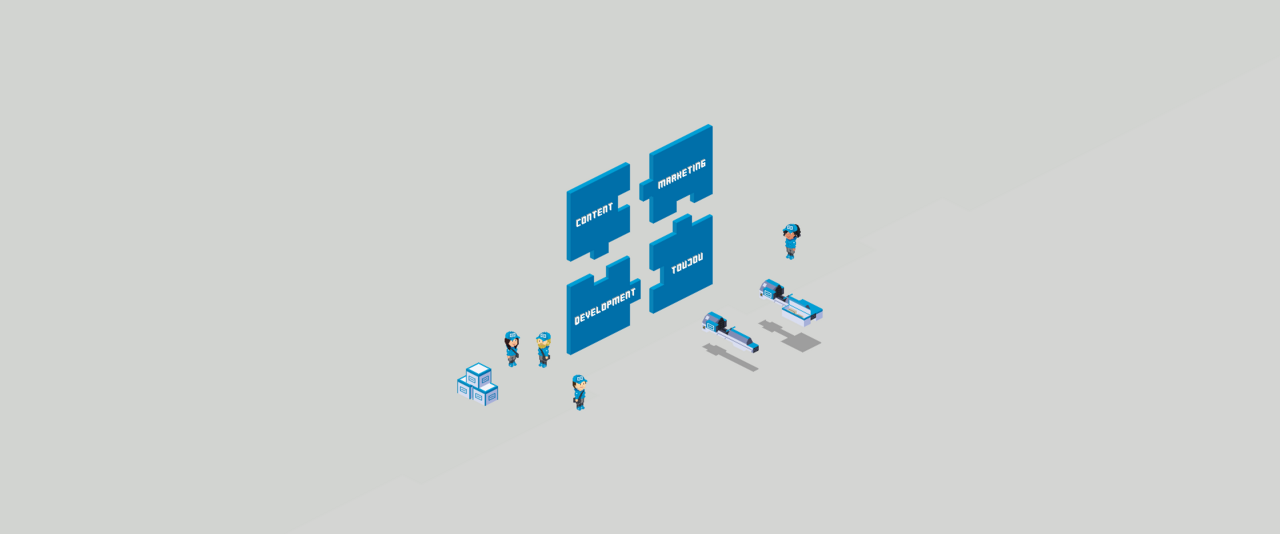
And when a client's needs grow, TYPO3’s flexibility still shines: third-party integrations like consent management tools, user management, advanced search, marketing platforms, or AI agents are all possible.
So why not take advantage of existing, proven standards where it makes sense?
That way, both agencies and clients can benefit from TYPO3’s strengths—while saving time and reducing complexity.
This approach lets agencies leverage TYPO3 for both high-budget and entry-level projects — whether it’s a small dental practice or a campaign or brand page of a large corporation such as Rotkäppchen Mumm.

